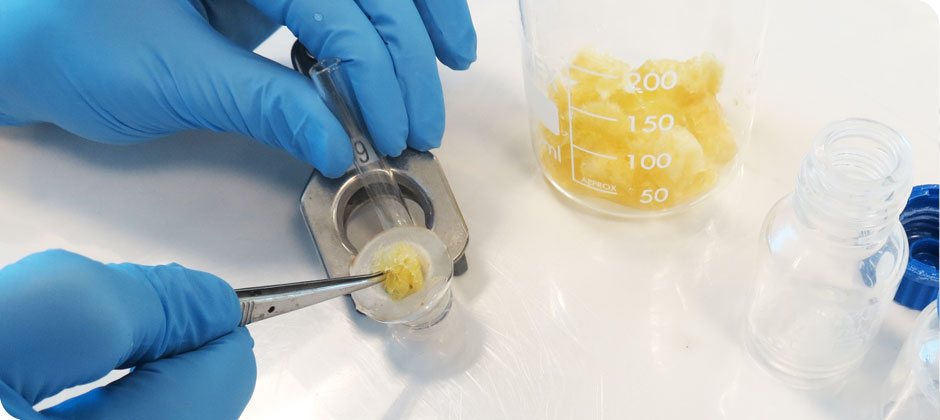New Report Supports Replacing Animal Tests for Assessing Skin Absorption of Pesticides

Study in a Sentence
A workshop report published this week outlines North American pesticide regulatory needs for dermal absorption studies using in vitro human skin and offers guidelines for study protocols and reports to increase the likelihood of regulatory acceptance of data from such studies.
Healthy for Humans
Replacing animal-based tests with tests based on human cells and tissues can often result in more accurate predictions of the potential health effects of chemicals on humans. There is an in vitro method which uses small discs of human skin from donated cadavers, and this method provides a more accurate picture of whether pesticides absorb through the skin of people, including workers and consumers, who come into contact with these chemicals.
Redefining Research
The potential for the absorption of pesticides through the skin (dermis) is a common regulatory requirement which uses up to 40 animals per study. This new report provides recommendations for how laboratories and pesticide companies should conduct in vitro dermal absorption tests using human skin and how the data from these studies should be reported. The recommendations were generated during a workshop organized by the Physicians Committee for Responsible Medicine and are the result of discussions with regulators from the Environmental Protection Agency, Canada Pesticide Management Regulatory Agency, and California Department of Pesticide Regulation, together with test methods developers and laboratories and representatives from the pesticide industry. They are needed because lack of harmonization of elements of the test protocol hampers regulatory acceptance of the in vitro human method.
The report also describes a case study submitted to the EPA in which the in vitro study was conducted following the recommendations in the report and successfully used for risk assessment of the pesticide. This study demonstrates that the recommendations, combined with the additional activities recommended in the paper, will hasten the replacement of the animal test with the in vitro human skin method.
References
- Sullivan KM, Aggarwal M, Akins JM, et al. Dermal absorption for pesticide health risk assessment: Harmonization of study design and data reporting for North American regulatory submissions. Regul Toxicol Pharmacol. Published online September 12, 2017. https://doi.org/10.1016/j.yrtph.2017.09.012 Full paper accessible here: https://authors.elsevier.com/a/1VqqB~81I7v4w








